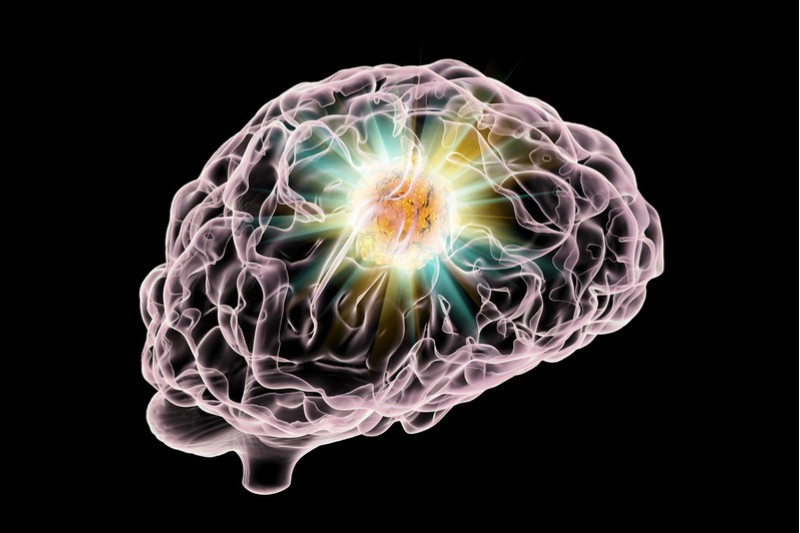Newsletter Signup - Under Article / In Page
"*" indicates required fields
A treatment for one of the most aggressive and difficult to treat cancers is the focus of a licensing option that has been executed by Isotope Technologies Munich SE (ITM). The license from Helmholtz Munich was announced yesterday (October 19).
The targeted radionuclide therapy with ITM-31 targets a specific protein (antigen) called CA XII, which is highly expressed on the cell surface of glioblastoma cells, but not found on healthy glial cells, a specific subpopulation of brain cells.
It comprises a CA XII antibody Fab fragment coupled with the radioisotope n.c.a. 177Lu. ITM-31 is administered directly into the tumor cavity via a reservoir following surgery and standard post-operative therapy (intracavitary). From there it migrates into the surrounding tissue with high specificity, binding to glioblastoma cells which are then irradiated and potentially destroyed while healthy tissue is spared.
Advancing clinical development
ITM-31 developed by Helmholtz Munich and coupled with ITM’s medical radioisotope, non-carrier added Lutetium-177.
The exclusive license from Helmholtz Munich is based on the option cooperation agreements announced in January this year (2022), which partners entered into with the goal of advancing clinical development.
Under the terms of the license agreement, ITM will hold exclusive rights to the compound ITM-31 as well as the rights to related patents and know-how for the manufacturing and use of ITM-31.
Very poor prognosis
“Glioblastoma remains one of the most aggressive and difficult to treat cancers globally and we believe that targeted radiotherapy and particularly ITM-31 can make a significant impact for patients by selectively eliminating tumor remnants post-surgery,” said Steffen Schuster, CEO of ITM.
“Based on the promising preclinical data we have seen to date and the successful collaboration with Helmholtz Munich and the University Hospital Münster we are confident that we can continue our rapid development plan, further broadening the depth of our clinical pipeline.”
Glioblastoma is one of the most malignant types of primary brain tumors. It is a rare tumor, with about 3-5 new cases per 100,000 individuals per year. Even though surgery, chemotherapy, and radiotherapy have advanced over the last decade, resulting in a gradual improvement in the survival and quality of life of glioblastoma patients, the prognosis remains very poor. Patients usually have a median survival of approximately 14 to 15 months from diagnosis.
Complex tumor
Glioblastoma is a complex tumor which is very difficult to treat. Surgery is rarely curative as the tumor cells infiltrate the surrounding tissue and the blood-brain barrier places a limitation on medical therapies.
Even with macroscopic removal of the tumor and subsequent treatment with external beam radiation and chemotherapy, there is a risk that individual tumor cells will remain in the tissue and begin to grow again (relapse).
More than 90% of tumor recurrences occur in the immediate vicinity of the primary tumor. Therefore, the treatment of the tissue surrounding the tumor is of great importance.
Oncology R&D trends and breakthrough innovations







